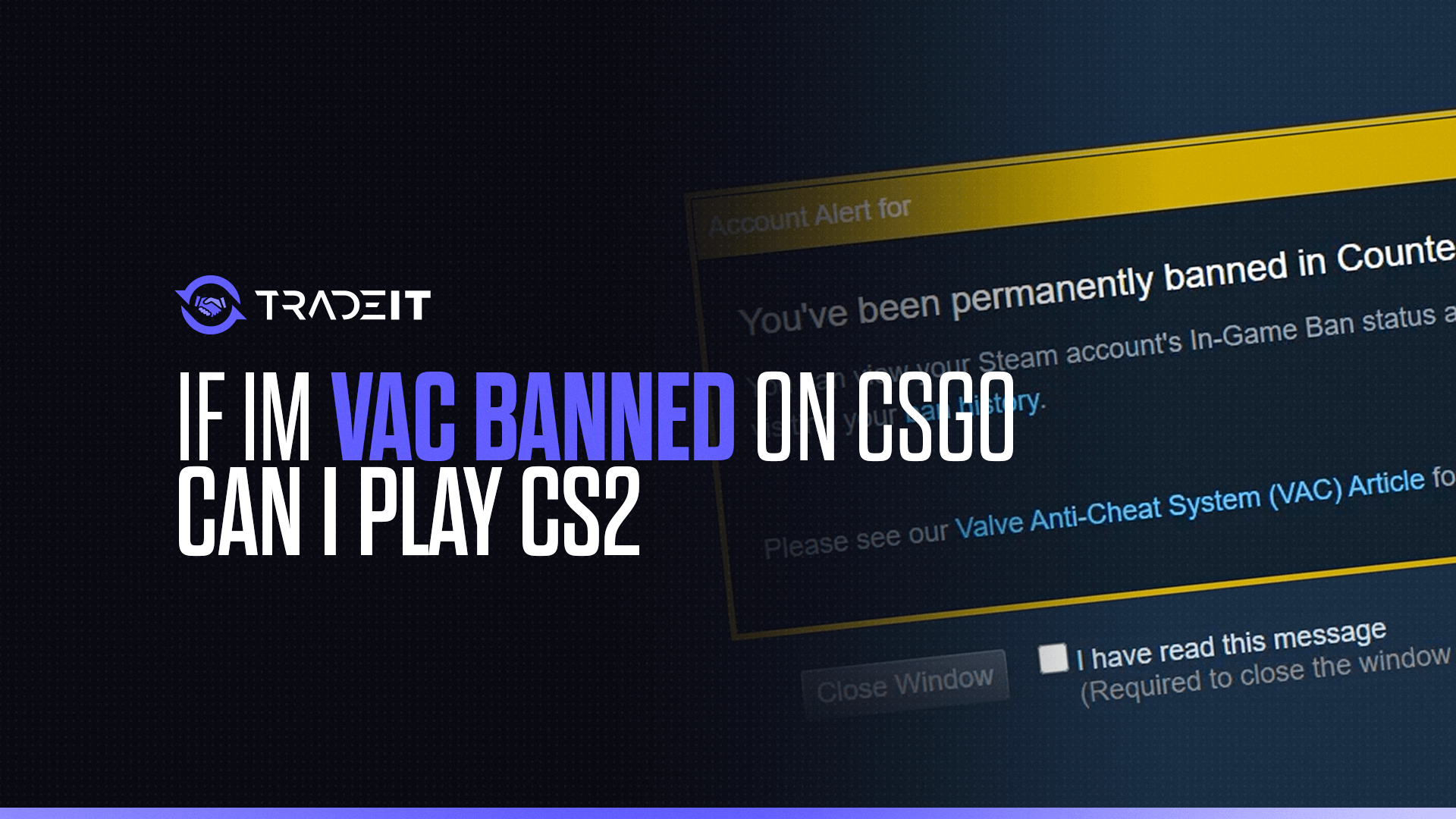Bright Insights Hub
Your go-to source for the latest news and information across various topics.
When Your Game Turns Into a Ghost: The Mystery of CSGO VAC Bans
Unravel the mystery behind CSGO VAC bans! Discover why your game feels haunted and learn to safeguard your gaming experience.
Understanding How VAC Bans Work in CSGO
In order to maintain a fair gameplay environment, VAC bans are implemented in Counter-Strike: Global Offensive (CS:GO). These bans are enforced by Valve Anti-Cheat (VAC), a system designed to detect cheats and other hacks used by players during the game. When a player is found to be using third-party software that gives an unfair advantage, the VAC system flags their account for cheating. The result is a permanent ban from all servers that utilize the VAC system, meaning that the player is unable to participate in matchmaking or play competitively in CS:GO.
The implications of a VAC ban are significant. Once issued, it cannot be removed or contested, which is crucial for understanding how these bans function. Players receiving a VAC ban will notice a notification in their Steam account, and their CS:GO status will change to reflect the ban. Moreover, it’s important to note that VAC bans are account-based rather than game-based, meaning that a ban in CS:GO may also impact player access to other VAC-secured games. This single point of enforcement reinforces the seriousness of using cheats in the gaming community.

Counter-Strike, often abbreviated as CS, is a popular series of team-based first-person shooter (FPS) games that pit two opposing teams against each other, typically Terrorists and Counter-Terrorists. Players can enhance their gaming experience by collecting various in-game items, such as weapons and skins, which can be acquired through CS2-Gehäuseöffnung and gameplay achievements. The game is well-regarded for its competitive nature and has spawned a vibrant esports scene.
The Impact of VAC Bans on Players: Common Myths and Facts
The presence of VAC (Valve Anti-Cheat) bans in online gaming has led to various myths and misconceptions among players. One common myth suggests that players can effortlessly evade these bans by simply creating new accounts. In reality, VAC bans are tied to a player's account as well as their hardware, making it significantly challenging to escape the long-term repercussions of cheating. Furthermore, many players believe that they can simply play on non-VAC servers to avoid detection. However, this can lead to a distorted experience as the credibility of those servers often diminishes due to players engaging in dishonest practices.
On the other side of the spectrum, facts around VAC bans reveal a more nuanced perspective. A VAC ban not only affects a player's ability to join secure servers but also impacts their reputation within the gaming community. Players often underestimate how a ban can tarnish their standing, with most gaming communities quickly recognizing and ostracizing cheaters. Additionally, the lengthy investigation process by Valve is another important fact to consider. VAC systems incorporate sophisticated algorithms that continuously evolve, ensuring an extensive and fair assessment of reported behaviors, which means that many players might be banned long after the infraction has occurred. Ultimately, understanding these dynamics is crucial for fostering a healthier gaming environment.
What to Do If You Encounter a VAC Ban in CSGO?
Encountering a VAC Ban in CS:GO can be frustrating for players who have invested significant time and effort into the game. A VAC Ban is typically issued when a player is found using cheats or hacks, violating the game's anti-cheat policy. If you find yourself facing this unfortunate situation, the first step is to understand the ban. Make sure to check the details of the ban in your Steam account to confirm that it is indeed a VAC Ban and not another type of restriction. It’s crucial to take a moment to reflect on your gameplay and consider if any third-party software was inadvertently used that could have led to the ban.
Once you've confirmed the VAC Ban, it's important to remember that the chances of appeal are slim, as Valve does not lift bans for CS:GO unless there was a mistake. Instead, you can try the following steps:
- Review your installed programs and remove any potential cheats or hacks.
- Refrain from using any suspicious third-party applications while playing.
- Consider creating a new account to start fresh if you find yourself unable to lift the ban.